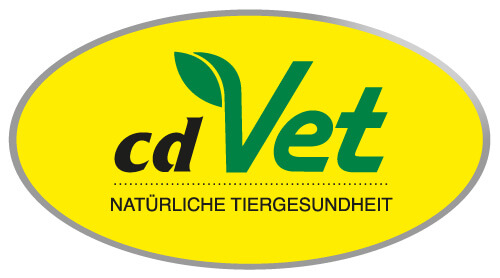

Breathtaking or breathless?
The horse's airways can be differentiated into upper respiratory tract (nostrils, paranasal sinuses, nasopharynx, larynx) and lower airways (trachea, lungs, bronchi, alveoli).
Air is inhaled via the nostrils, warmed and passed further through the larynx into the trachea. Consequently, it reaches the bronchi, the bronchioles and the alveoli. In the alveoli, which are surrounded by capillaries, the gas exchange takes place. Oxygen is absorbed and waste materials such as carbon dioxide are exhaled. The lining of the airways with a mucous membrane provides various protective and cleaning mechanisms. It binds foreign bodies such as dust particles, environmental bacteria, fungi and much more. Due to the specific movement of the cilia, the rubbish is transported out – for most viruses and bacteria their final destination. If the "dirt" increases due to, for example: feed contaminated with moulds or physical / chemical irritations, respiratory diseases are usually the result, which is not uncommon, roughly every fourth horse in Germany suffers from respiratory problems of some kind. Particularly susceptible are immunocompromised horses, favored by deficiencies of minerals, trace elements and vitamins.
If our horses are less active, there is often a correlation with a respiratory sensitivity, as the horse has less oxygen available for energy production. Also cough, nasal discharge, slightly increased respiratory rate, formation of a steam channel, breathing noises, wheezing and fever; all tell of respiratory problems. Especially with relapsing horses, real detective work must be done to find out where the underlying cause is hidden. In addition to checking environmental factors, such as husbandry conditions, etc. we can use the beneficial effects of natural herbs. They can strengthen and support the body's own natural defence, the cleansing mechanisms of the respiratory tract and the functions of the mucous membranes. They should act as a classic expectorant and have a relaxing effect. Self-healing powers are activated, and the general well-being of the horse is improved.
Content: 1.6 Kilogramm (€26.84* / 1 Kilogramm)












